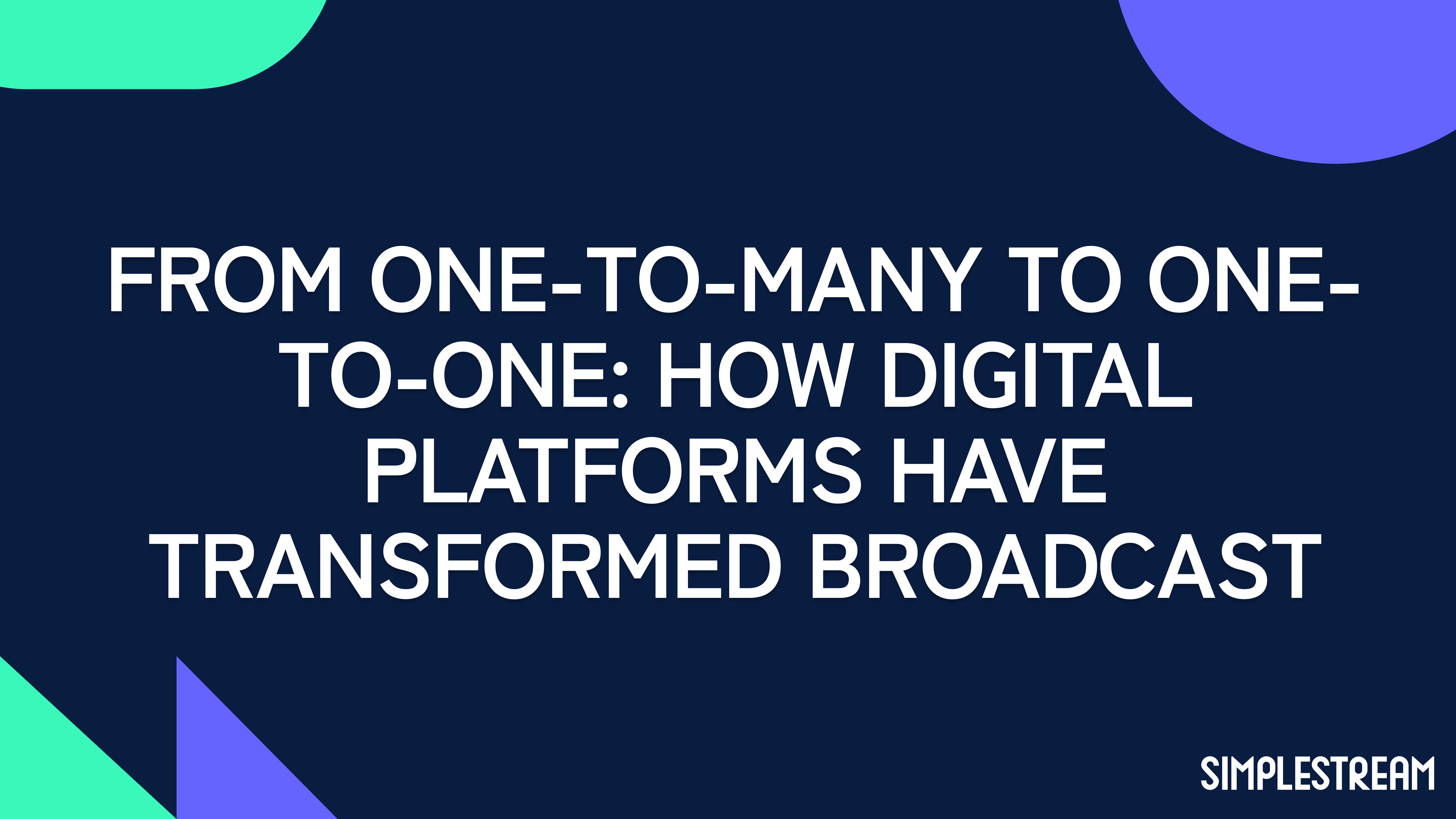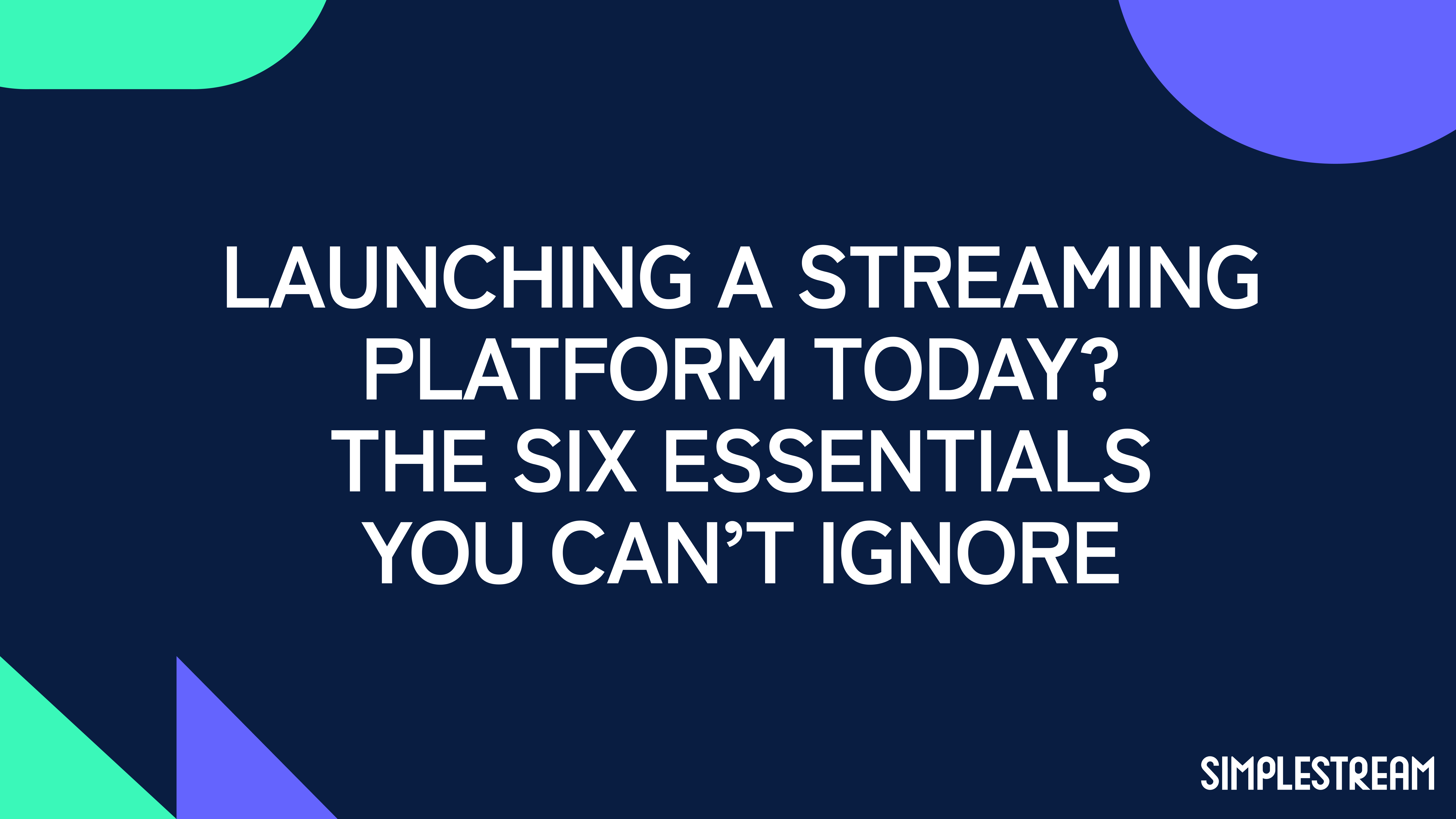Don’t get left behind by piracy while trying to fight it: repurposing your content in a cost-of-living crisis
Piracy is the trigger to some of the most innovative advancements in streaming media. What can you learn from it?
You may remember the rise of peer-to-peer file-sharing network Napster in the early 2000s, but you may not recall how record labels dealt with this piracy issue. Those labels didn’t just go after the creators of Napster, they also sued the individuals sharing the files themselves, those who would have been their own customers previously. Not the best tactic to employ when you rely on them for your revenue. While the labels were busy suing their own customers, they missed an excellent opportunity to adapt and evolve their business.
Following this saga, we saw the rise of music streaming which is now the most popular medium in which music is consumed. The creators of the first music streaming service took the core selling point from the file-sharing days and monetised it: unparalleled access to an extensive library of music available instantly. It solved a simple problem by giving convenience to the consumer, and you can see the same progress made in the streaming and OTT industry. However, unlike the music industry, the industry evolved without rights holders going after their own customers. Instead, we saw the rise of Netflix over Blockbuster with the same problem solved, an extensive library of content available instantly.
There’s now a new problem to solve with the cost-of-living crisis: password sharing and consumers returning to piracy will rise as they look to save money. What can you do to adapt your OTT or streaming business without losing revenue?
Set your content free… for free 💸
Well, not exactly but when addressing any issue with your business you should approach it from the customer's perspective. Consumers are facing rising living costs, so selling your service on a subscription-based model would not be the most palatable. Monetising your content can be achieved at no direct cost to your customer and presents them with an alternative to account sharing or piracy. If you’ve got a library of content that’s just waiting to be set free, then you could be sitting on a goldmine.
FAST channels are a solution which works by distributing content linearly with advertising inserted before and during your content to monetise it. Many of the OTT and streaming software service providers are offering this solution and providing a full service to bring your content to market, but be aware that this is at a cost to you. You could be faced with that full-service company taking a significant proportion of your ad revenue once it’s syndicated to the most popular platforms, such as Samsung TV. Working with a tech provider that can build you a virtual channel and place it onto platforms beyond the most popular ones can provide a better deal for your business. Even better if that provider allows you to bring your own advertising deal and only charges for the channel itself, allowing you to keep 100% of your ad revenue. Advertising can be inserted on the client or server side so make sure you pick the one that’s best for your business. You could launch your own FAST or virtual channel in as little as six steps.
Content fragmentation and monetisation 🤝
In the early days of the video streaming age, we didn’t have most streaming services producing original content titles, so it was a constant battle to secure the rights for the most popular film and tv titles to attract customers. This never provided the best value for the consumer as you’d need at least 3 separate subscriptions just to keep up with the latest trending tv series, or to watch your favourite film. From the customer’s perspective, it’s a difficult choice between the content they want and what they can afford. This has inevitably led to 84% of US Netflix users sharing their account with at least one other person and could be set to worsen given the current climate.
The antidote could be hybrid monetisation models, especially if that’s a mix of AVOD and TVOD. An example? Think of a streaming service offering ad-supported content for free, with the option for users to access specific titles as TVOD purchases. Studies have shown that over half of viewers surveyed would be happy to watch ads if it means getting a streaming service for free.
Interested in repurposing your content library and enhance your opportunities for monetisation? Get in touch with us here.


